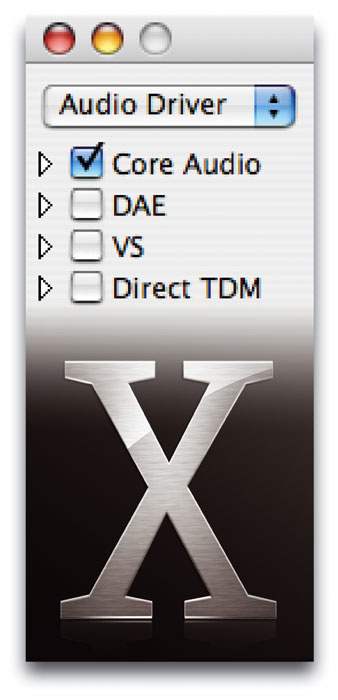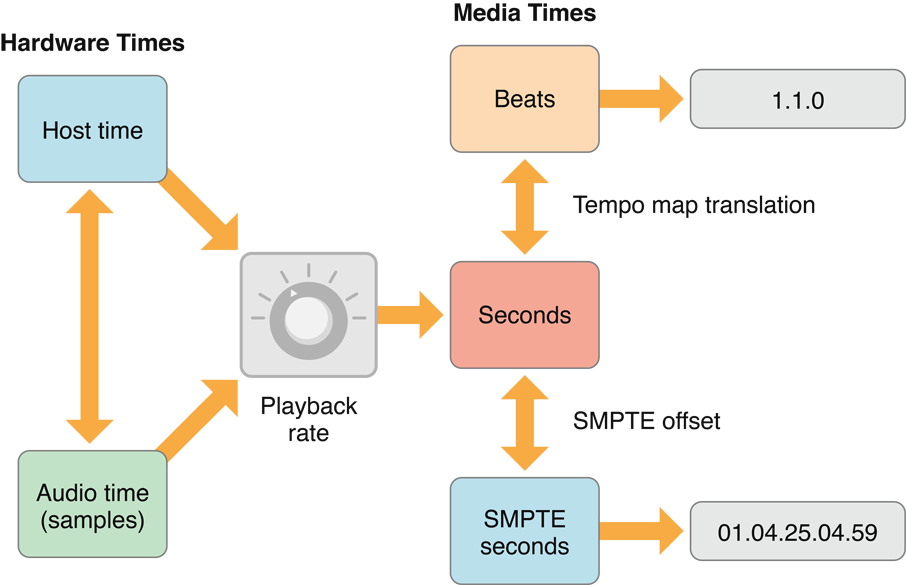

Sudo chown -R _coreaudiod:admin /Library/Preferences/Audio If you notice this CPU spike head to /Library/Preferences/ in Finder and verify that the Audio folder is missing.Īccording to blogger LucaTNT, you can recreate the folder yourself to solve the problem by opening the Terminal and running these two commands: sudo mkdir /Library/Preferences/Audio This doesn't seem to be possible because it would require that the callback. B) the buffer is played immediately after the callback returns. Users have reported that, in some cases, the folder /Library/Preferences/Audio will go missing, causing coreaudiod to massively spike its CPU usage even when no audio is playing. At this point I need to understand (once and for all) which of the two following cases is the correct one: A) 10 more milliseconds need to pass before the output buffer that I just set can be played out.
What is mac core audio software#
Occasionally coreaudiod will scan your local network to see if there are any supported devices, meaning its normal to sometimes see this daemon attempt to connect to local devices. Core Audio is Apples audio API, providing developers with software interfaces for implementing audio features exclusively for iOS and OS X applications. Well, coreaudiod powers the audio portion of AirPlay, which lets you mirror your display and audio to AppleTV and a few other supported audio receivers. If you use a Mac firewall like Little Snitch, you may occasionally notice coreaudiod trying to access devices on the local network. For this reason coreaudiod will take up a little bit of CPU power any time you hear audio through your speakers, or record something using your microphone. On the Mac, Core Audio encompasses recording, editing, playback, compression and decompression, MIDI, signal processing, file stream parsing, and audio synthesis.īasically, if sound comes out of your speaker, or is recorded with a microphone, coreaudiod had a part in it.

A daemon is a process that runs in the background of your Mac you can identify them by the “d” at the end of their names.īut what is Core Audio? Well, according to Apple’s Developer portal, it handles basically everything about sound on your Mac. This particular process, coreaudiod, is the daemon that powers Core Audio, the low-level API for sound on macOS. Don’t know what those services are? Better start reading! This article is part of our ongoing series explaining various processes found in Activity Monitor, like kernel_task, hidd, mdsworker, installd, WindowServer, blued, launchd, dbfseventsd, and many others. RELATED: What Is This Process and Why Is It Running on My Mac? World-leading audio technologies, including SweatGuard, BassUp, ACAA, and HearID. Incredible sound loved by 20 million+ people. All-new true wireless noise-cancelling earbuds. Immerse in music or take calls while staying aware of the the world. In Learning Core Audio, top Mac programming author Chris Adamson and. Soundcore Headphones, Speakers Hear it, Feel it. What does that do, and could it be causing problems? The most sophisticated audio programming system ever created, Core Audio is not simple. So you saw something called “coreaudiod” while browsing Activity Monitor.


 0 kommentar(er)
0 kommentar(er)
